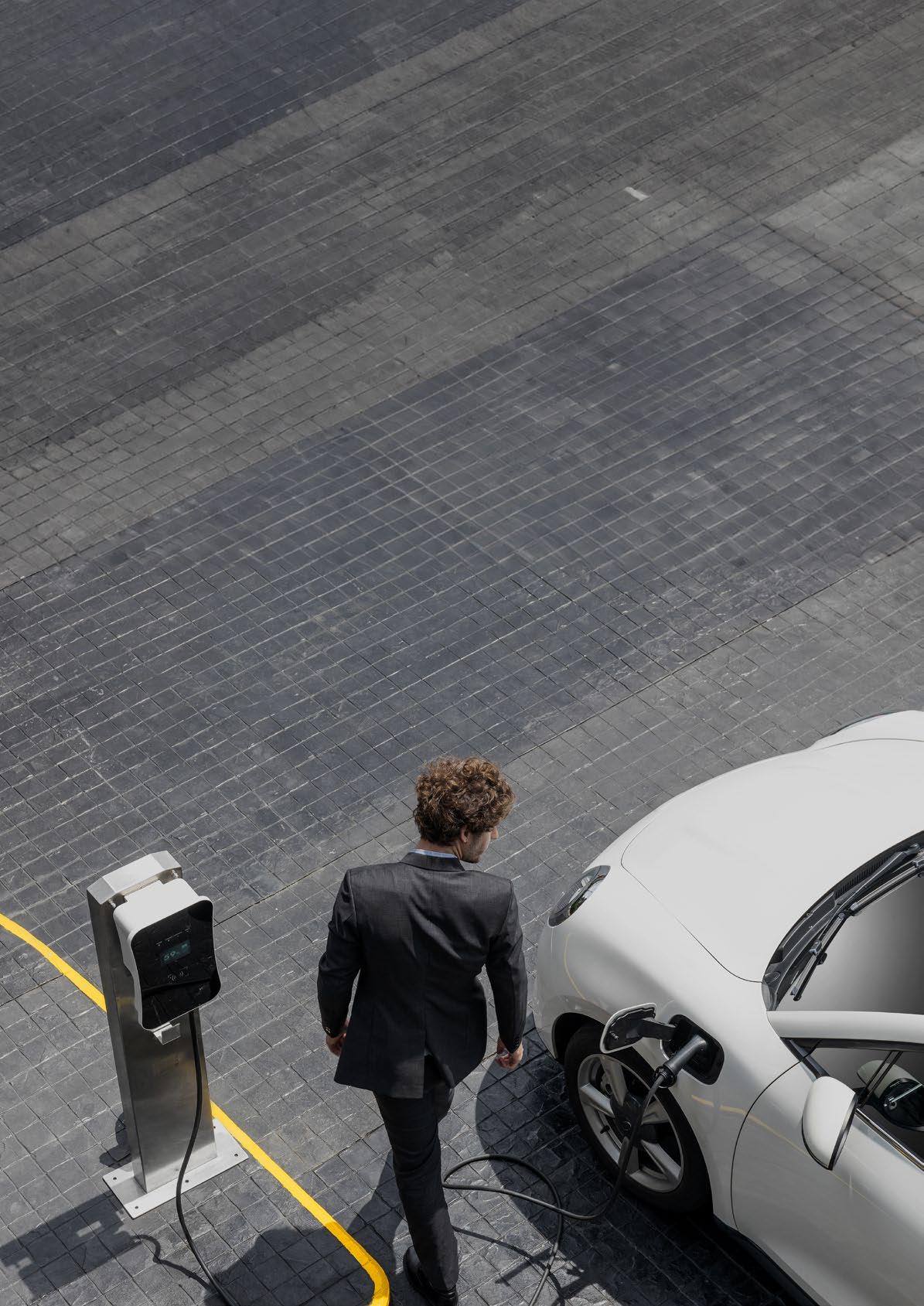
5 minute read
New study finds aftermarket gearing up for EVs
Lesley Yates, Australian Automotive Aftermarket Association (AAAA) Director of Government Relations and Advocacy, said the Future Readiness Index research—the first of its kind—was designed to set a baseline of data that would enable the industry to identify trends on electric vehicles (EVs) readiness in the future.
Half of Australian workshops are actively investing in the skills and equipment needed to service EVs and one in ten are already set up for an electric future.
That’s the finding of the Australian Automotive Aftermarket Association (AAAA), which recently surveyed workshop owners across the country to determine their readiness for the fundamental technological evolution facing our industry.
“We wanted to know the degree to which people felt that the time was right to invest (in EV skills and equipment) and, if not, when they thought their investment horizon might be,” she said.
“We’ve pretty much got a 50/50 split, with half saying ‘I’m investing or I’m about to invest’, and half saying either ‘I’m not going to, this is not for me’, or ‘I’m going to wait, show me EVs driving into my workshop, and then I’ll think about investing’”.
“We were rather surprised with the degree to which we are ready or getting ready.”
The report divides workshops into four groups, based on mindset. The “Unchanged” group was not investing in EVs. They were often smaller businesses that were already more likely to be considering closing up shop. The “ICE-Focused” group were pragmatically focused on today’s car parc but investing in some tools and equipment for EVs. The “Progressive” group could already service EVs and hybrids but recognised they had a lot to do before being EV ready. And finally, the “Future Ready” group were excited about servicing the latest vehicles and were already EV ready. These were likely to be large, high-income workshops.
Lesley said there was no judgement about which group a workshop fell into.
“We’ve got 11% of the industry (the Unchanged group) saying ‘my first love is ICE vehicles, there is still going to be a lot of ICE vehicles on the road, and that’s what I’m going to do’,” she said.
“I admire that as a business strategy because it’s a defined strategy. It says, ‘we know who we are and we know what we do, and we know the key to business success is exactly that’. It’s not like they’re not still at the forefront of their craft.”
On the flip side, 10% of the industry fell into the “Future Ready” group.
“I think they’re excited about what the technology can bring,” Lesley said. “They’re more likely to say the future landscape excites me—they’re
embracing what a mixed car parc looks like. They’re more likely to have already been working on hybrids for a long time. So, this next evolution of technology doesn’t feel so burdensome. When we asked them the question, ‘are EVs a threat or an opportunity’, they were more likely to say it’s an opportunity.”
“They’re also more likely to be investing in other kinds of activities that reduce their carbon footprint. So anecdotally, they’ve got solar power; they’re looking at their waste products. They’re probably ahead of the curve in a number of areas, not just ability to service EVs.”
The second big reason for AAAA’s research was to provide clarity to government about the industry’s state of EV readiness before regulations and legislation starts getting drawn up.
“Governments are nervous and they’re looking at what it is the industry needs in order to have some support,” Lesley said. “Some of that regulatory conversation is interesting, like support for training, and some of it is somewhat misplaced, which is increased areas of regulatory compliance where we don’t need it.”
“This is a very sophisticated industry that’s been adapting to new technology since day one. Our ability to read the market, to undertake training, to buy the right tools, to participate in industry forums and education, is quite significant— there’s a business imperative to do that.”
“The key message to government is we are already gearing up for EVs, and if government would like to play a supportive role, it needs to do it by walking alongside of the industry, not by either some paternalistic decision that they know what’s best for the industry, or by assuming that we’re doing nothing.”
What’s the message for workshop owners?
“Even if you’re not servicing EVs tomorrow and you don’t think you’ll be doing it in the next 12 months, it’s worth thinking about ‘what is that time horizon?" Lesley said. “Is it possible to engage with staff, to encourage them to pick up some units if they’re funded by government, and that might be a good entry-level preparation?”
“Know where you are on the investment timeline, invest deliberately and on purpose, and not by accident. I think it’s useful for every workshop to be talking to employees about where they see their futures, because we know we need to keep our young talent, in particular, and they might be interested in EV training.”









